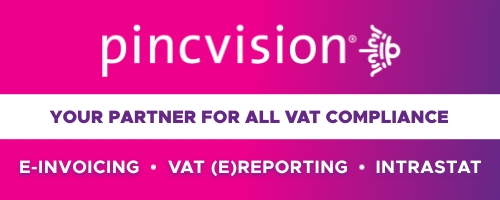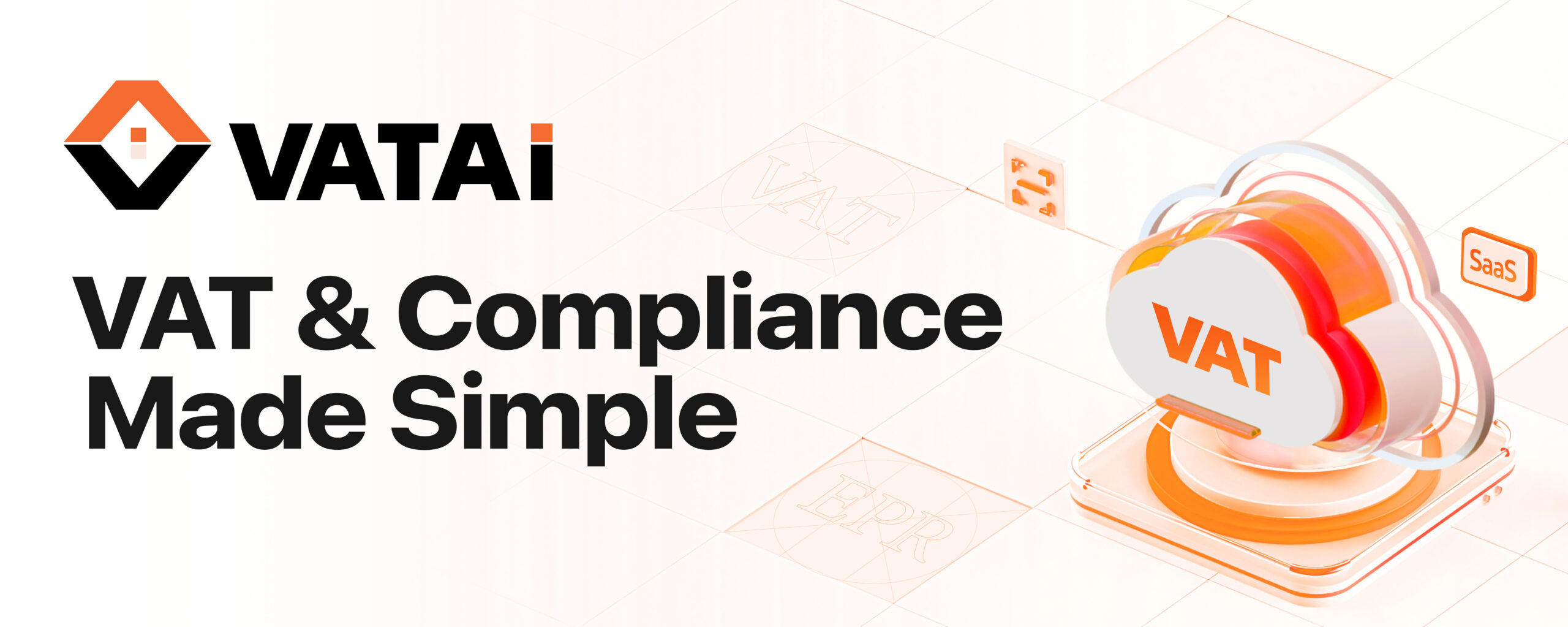“Recently I was asked to give a presentation on electronic invoicing. This was during a meeting for credit managers. As a VAT practitioner, you have to switch gears a bit to make sure that the main points of interest get across without it becoming a boring story. If the feedback is to be believed, it certainly did that.”
In this blog, the author describes the history of the invoice, and the future.
“Invoicing has been around for thousands of years and was already used in ancient Greece, Egypt and Mesopotamia. The oldest known invoice was found in Egypt: a document on papyrus from about 3,000 BC. That was an invoice for the delivery of beer and bread for a construction project (not, not for the building of a Pyramid).
The ancient Romans also used invoices in their trading activities, with examples dating back to 100 BC. These were primarily handwritten papyrus documents and included details such as the names of the supplier and buyer, a description of the goods or services and the price.
Over time, the method of invoicing did change. Whereas in Egypt and Rome clay tablets and papyrus were used, today almost no paper invoice can be found. And the next step is electronic invoices.”
Source: Less Grey















